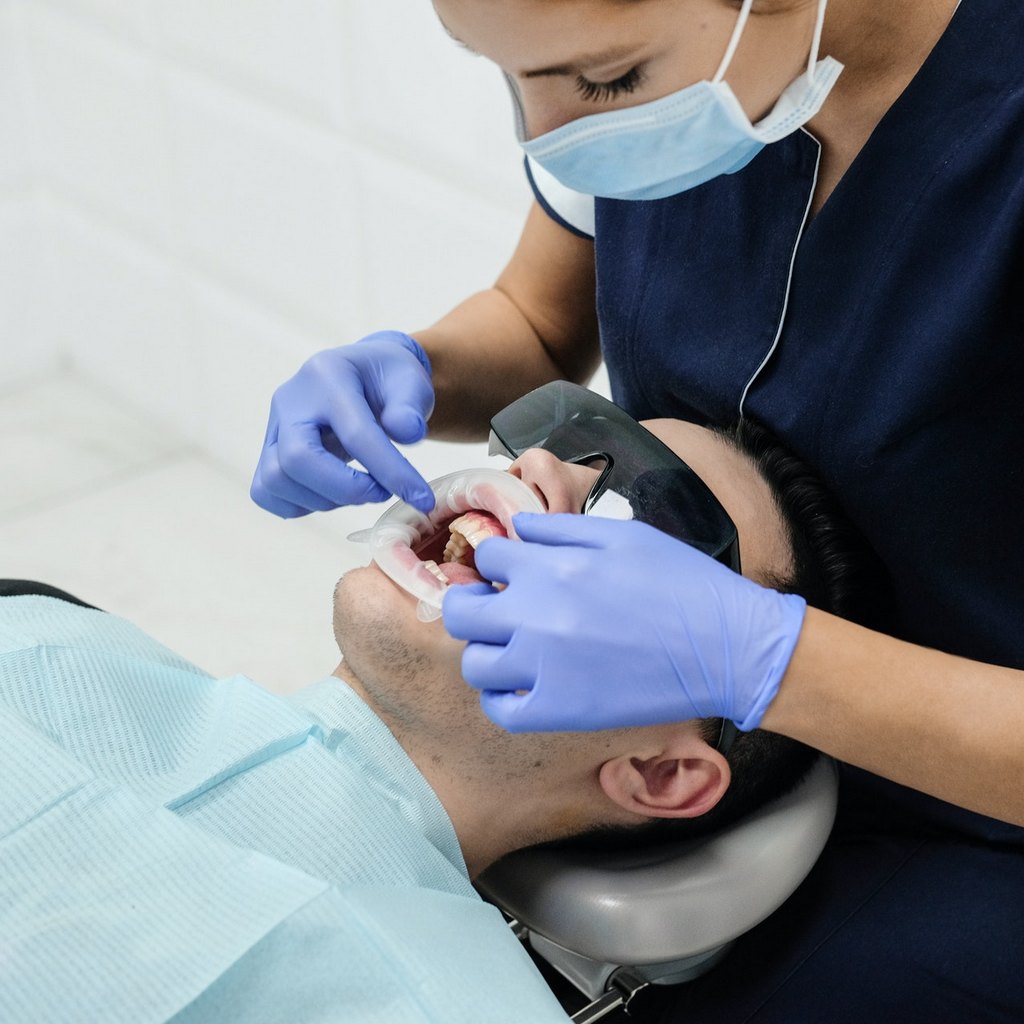A Smile – The Charm of Youth
We all want to stay young as long as possible, but we don’t always consider that. The modern world has declared an actual arms race in the fight against the signs of aging. Every day we are offered here to remove, here to tighten, and somewhere else, on the contrary, to build up. People buy ELLANSE or other dermal fillers to make their skin look better and use silicone implants to enhance their breasts. Often the question of whether this is good for our health is not even raised. As a result, it turns out that a person seems young but does not feel that way at all.
But what is youth? This interest in life, a good mood, and the joy of every day. And all this is accompanied by a smile! Much has already been said and written about the miraculous power of a smile. It is called disarming, considered one of the essential means of success. But a perfect smile is not just a part of our image. It directly affects our health and, therefore, our youth. As a rule, if a person has problems with his teeth, he smiles much less often and does it uncertainly, trying to hide imperfections. This is a sure sign that you need to see a dentist urgently because there are real health problems behind the aesthetic discomfort.
Dangerous Liaisons
Nature conceived the human body as a perfect mechanism in which each organ performs its function. This applies to teeth as well. An adult should have 32 of them, indispensable for preserving youth, beauty, and health. For example, a trivial cavity can lead to disorders of the digestive system, which will immediately affect the complexion. The absence or disease of the most secluded tooth can disrupt facial symmetry because the load on the jaw comes unevenly. As a result, healthy teeth wear down more quickly, and creases and wrinkles appear in the lower third of the face. Teeth can even contribute to cervical spine disease and chronic headaches. Agree that it is difficult to feel young and lead an entire life with such illnesses. In addition, with age, people gradually lower the corners of their lips. The speed of this process depends on the skin condition and elasticity, but the proper bite and dental health play a role, not least in this. Note: when young people smile, you can see the row of their upper teeth. When older people smile, their lower teeth are more visible. With the proper restoration of the height of the worn-out teeth, the smile “rises” back, rejuvenating the patient in the eyes of others for decades.
Here are some interesting facts:
- Smile is contagious
Have you ever noticed that you inadvertently get a smile if someone smiles? Smiling improves our mood and the mood of those around us, as well as our day. Studies show that about half of the people you smile at will smile back at you.
- Smile is attractive
The latest research proves that a smile makes us more attractive in the eyes of others. A smiling person always looks more charming than someone with a neutral expression.
- Smiling reduces stress
It is scientifically proven that smiling reduces the number of stress hormones in our blood, such as cortisol, adrenaline, and dopamine. When we smile, our body produces endorphins, commonly called the happiness hormone. Interestingly, this hormone is produced even when we force ourselves to smile, which is why we can generate an improved mood and production of the happiness hormone.
- Smiling increases our immunity
Studies show that smiling can reduce heart rate and blood pressure and improve the immune system in general. Smiling makes our body feel freer, promoting better health and a more robust immune system.
- Smiling as a sign of friendliness
A smile is an international sign of friendship. A smile, conscious or casual, is known worldwide and in all cultures as a sign of happiness, kindness, and tolerance.
- People can recognize a smile from a distance
A smile is the most quickly and easily recognized facial expression. A person can recognize a smile even from a distance of 100 meters.
- Smiling engages facial muscles
The number of facial muscles involved in creating a smile can vary depending on the level of emotion, the type of smile, and each individual. Interestingly, smiling requires less muscle tension than a frustrated facial expression. And do not be afraid of wrinkles. Just buy ELLANSE and visit your dermatologist to make your skin young again.
- Smiling as a reward
According to many researchers, a smile activates an area of our brain that makes us feel rewarded for something and appreciated.








